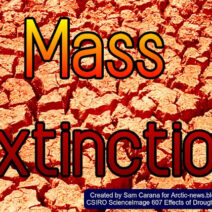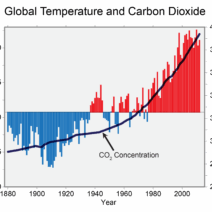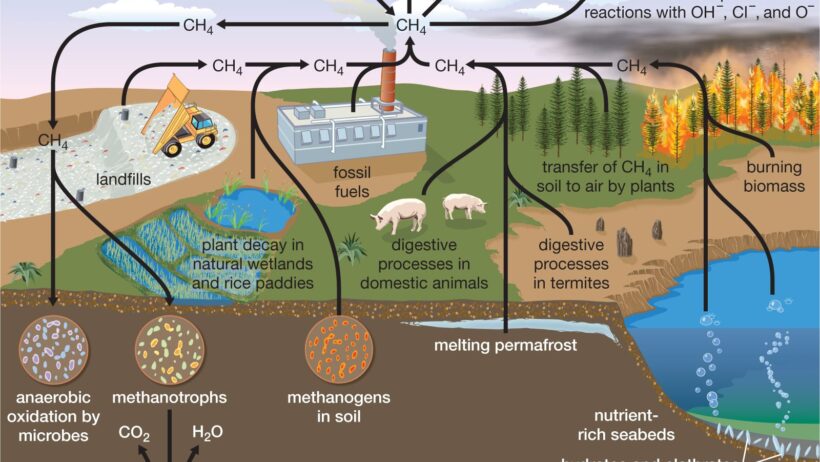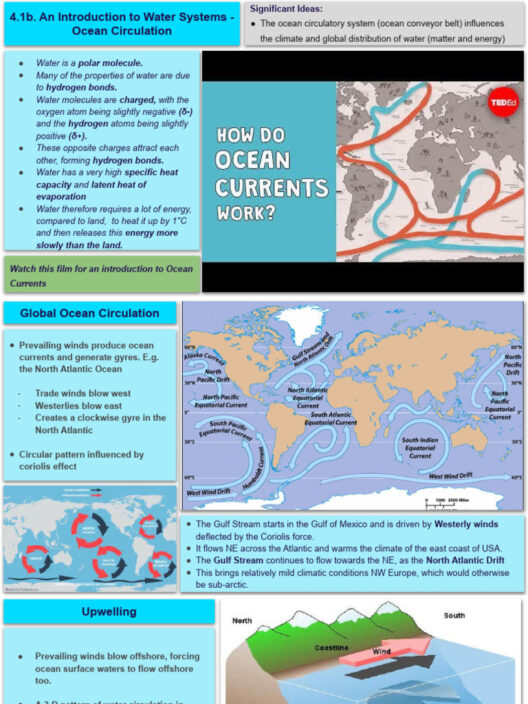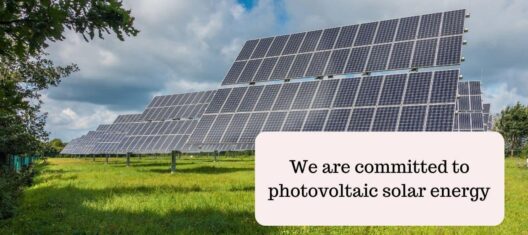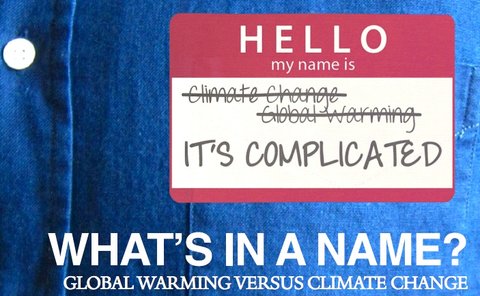The phrase “warming blanket” might suggest a cozy comfort, but for our planet, it embodies a perilous reality. Methane, a potent greenhouse gas, is instrumental in regulating Earth’s temperature. Its role in the climate system is critical yet often overshadowed by carbon dioxide. As we peer into the intricacies of the methane cycle, we find not only its significant contributions to global warming but also the convoluted interactions that exacerbate the climate crisis. So, how much do you truly understand about methane? Are we aware of its vicissitudes and standing in the climate conversation?
To grasp the complexities surrounding methane, one must first examine its molecular intricacies. Composed of one carbon atom bonded with four hydrogen atoms (CH₄), methane is a simple hydrocarbon that is exceedingly efficient at trapping heat. Alarmingly, it is estimated that methane can be more than 25 times as effective at trapping heat in the atmosphere over a 100-year period compared to carbon dioxide. This staggering potency is commonly referred to as its global warming potential, and it propels methane to a position of significance in environmental discussions.
The methane cycle is a juxtaposition of natural processes and anthropogenic influences. On one hand, methane is released into the atmosphere through natural processes such as the decomposition of organic matter in wetlands and the digestive processes of ruminant animals. Conversely, human activities such as livestock farming, fossil fuel extraction, and landfills have substantially magnified these emissions, adding layers of complexity to an already intricate system. To illustrate, the agricultural sector alone is responsible for nearly 40% of global methane emissions, primarily stemming from enteric fermentation in cattle.
As we delve deeper, consider what lies beneath the surface: the Arctic. The melting of permafrost is a particularly alarming aspect of the methane cycle. Locked in the frozen ground, methane is safely sequestered until the ice melts, releasing it back into the atmosphere. Researchers warn that this situation may trigger a feedback loop, where warming begets further warming, leading to exponential increases in atmospheric methane concentrations. What starts as one thawing permafrost layer could ignite a cascade of environmental consequences, not merely for the Arctic but for the entire globe.
Moreover, methane is not solely released from natural sources; its anthropogenic emissions showcase a stark picture of our stewardship. Landfills, where organic waste rots in anaerobic conditions, become significant contributors, emitting methane as a byproduct. This creates a dual challenge: reducing waste while enhancing methods of waste management. Biodegradable materials are often sent to landfills where they contribute to methane emissions instead of being composted. Another pressing issue lies within the oil and gas industry, where fugitive emissions seep into the environment during extraction, processing, and distribution.
The interactions between methane and climate change extend beyond its mere presence in the atmosphere. The atmospheric chemistry of methane plays an intriguing role in the production of ground-level ozone, a component of smog that further exacerbates respiratory health issues. This creates a multi-faceted challenge for urban populations, where methane’s impact loops back to human health, demonstrating that climate issues are inherently interconnected with public well-being.
Efforts to mitigate methane emissions stand at a crucial crossroads. Countries worldwide have initiated pledges to curb methane emissions as part of their commitments to the Paris Agreement. Innovations in agriculture, such as optimizing feed quality for livestock and adopting dietary supplements that reduce enteric fermentation, have emerged as promising strategies. Additionally, advancements in waste management, including biogas recovery from landfills and improved composting techniques, offer pathways to curb emissions.
However, while these strategies present opportunities to mitigate methane emissions, we face formidable challenges. The implementation of these strategies is fraught with obstacles, from economic feasibility to organizational change. Moreover, the oft-ignored interplay between social habits and environmental policies complicates the equation. Will communities embrace the required changes for a sustainable future? Or will resistance to new practices and traditions stymie progress?
Public awareness plays a vital role in this endeavor. Educating the masses about the implications of methane emissions and fostering a culture of accountability is as essential as scientific innovation. Individuals can contribute by reducing meat consumption, supporting sustainable agricultural practices, and participating in local initiatives aimed at reducing organic waste. Simple yet effective changes can lead to pronounced impacts when adopted collectively.
Today’s challenge is clear: we must draw connections between our actions and their environmental consequences. The warming blanket that is methane will only intensify if we do not grasp the urgency of the situation. What if, in our quest for warmer blankets, we inadvertently foster a dangerous cycle of climate disruption? This is a question that needs to be posed and discussed in households and communities everywhere.
Ultimately, the complexity of methane’s role in climate change serves as a reflection of our own complexities as stewards of the environment. The weave of anthropogenic activity and natural processes, punctuated by climatic feedback loops, demands our attention and action. The time has come to unravel the threads of this warming blanket, transforming it from a source of heat absorption into a realm of sustainable solutions. Embracing this challenge will require a concerted effort, innovative thinking, and a commitment to a future where methane’s impact is minimized to safeguard our planet and future generations. The trajectory is fraught with challenges, but it is a path worthy of our collective endeavor.
